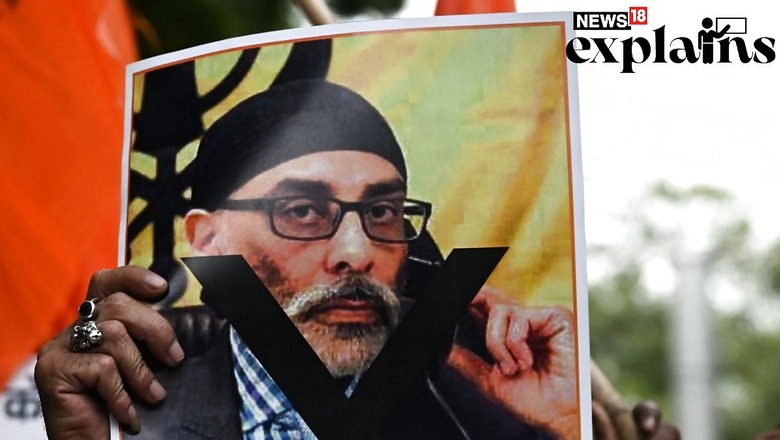
views
The US, who has arrested 52-year-old Indian origin Nikhil Gupta for allegedly conspiring to kill Sikh separatist and American citizen Gurpatwant Singh Pannun, has often taking moral high ground when it comes to its policies and actions in security and intelligence operations.
Pannun, leader of proscribed Sikhs for Justice Khalistani organisation, has been threatening the Indian government ever since the death of another Hardeep Singh Nijjar in June in Canada. Pannun was recently booked by the National Investigation Agency (NIA) over his video threatening passengers to travel in a flight, and Air India for global blockade. He has been creating false narratives regarding the issues in Punjab, especially with regard to Sikhism.
The US indicted Gupta in Czech Republic for “conspiring from India to assassinate, right here in New York City, a US citizen of Indian origin who has publicly advocated for the establishment of a sovereign state for Sikhs”.
The US reportedly protested after Prime Minister Narendra Modi made a high-profile visit to the US in June, the Financial Times said. The report said it is unclear whether the protest led the plotters to shelve their plan or whether the Federal Bureau of Investigation (FBI) intervened to foil the assassination attempt.
India has responded to the US on Pannun’s case, saying “On November 18, 2023, the Government of India constituted a high-level Enquiry Committee to look into all the relevant aspects of the matter. The Government of India will take necessary follow-up action based on the findings of the Enquiry Committee”.
Let’s not forget how the US encouraged R&AW officer Rabinder Singh to defect to Central Intelligence Agency (CIA) after he came to the US on a government-funded trip in 2002. As quoted by Outlook, an official said Singh had “no business” to travel to the US “since the course was an exercise in countering hijackers. Not once was Singh asked what he, as an official on the Southeast Asian desk, was doing at an anti-hijacking and hostage-taking programme because there is little history of such activities in the region assigned to him”.
In 2004, Rabinder Singh fell for the trap and defected to CIA via Nepal along with his wife. In 2006, R&AW had told a Delhi court that he had been traced to New Jersey and the agency was trying to extradite him.
How CIA hoodwinked R&AW Joint Secretary Rabinder Singh and took him to the US through Nepal is mentioned in a separate chapter in the book, ‘Mission R&AW’ by former RAW officer RK Yadav, which came out in May 2014.
Sources, as quoted by Firstpost, said given Singh’s “affluent background”, he was not a “walk-in” for CIA. It is perhaps believed he was honey-trapped, and carefully trained by the CIA to transmit documents without contacting the handlers. He frequently travelled to Nepal for secret rendezvous with CIA agents to receive payments.
Singh continued fetching intelligence from fellow spies and sent it to his handler at CIA head office in Virginia, US, after his return from a foreign posting. His activities were monitored by the R&AW’s Counter Intelligence and Security Division (CIS) after he came under suspicion of being a mole for the CIA in December 2003.
After the CIS wired his office and Defence Colony house in January 2004, which showed that Singh was collecting evidence from different sources at the agency and passing it on to the CIA, he was allegedly tipped off and the CIA is said to have helped him escape.
The R&AW chief pressured the CIA, and its station chief in India was summoned. Although he feigned ignorance about the Rabinder Singh episode, the R&AW shared evidence, including photocopies of fake passports, travel bills and imprints of some images that Singh wired information to the CIA using secure file transfer protocol. The forensic examination of his two laptops had revealed that Singh may have shipped over 20,000 files to the CIA. The American intelligence officials denied the allegations, according to Firstpost.
An investigation during that time revealed, nearly 57 R&AW officers were found to be sharing information with Singh regularly.
Singh died in a road accident in Maryland, US, in late 2016. He was faced with financial problems as the CIA stopped sending him money, and his attempts to get a job with a think tank were stonewalled.

















Comments
0 comment